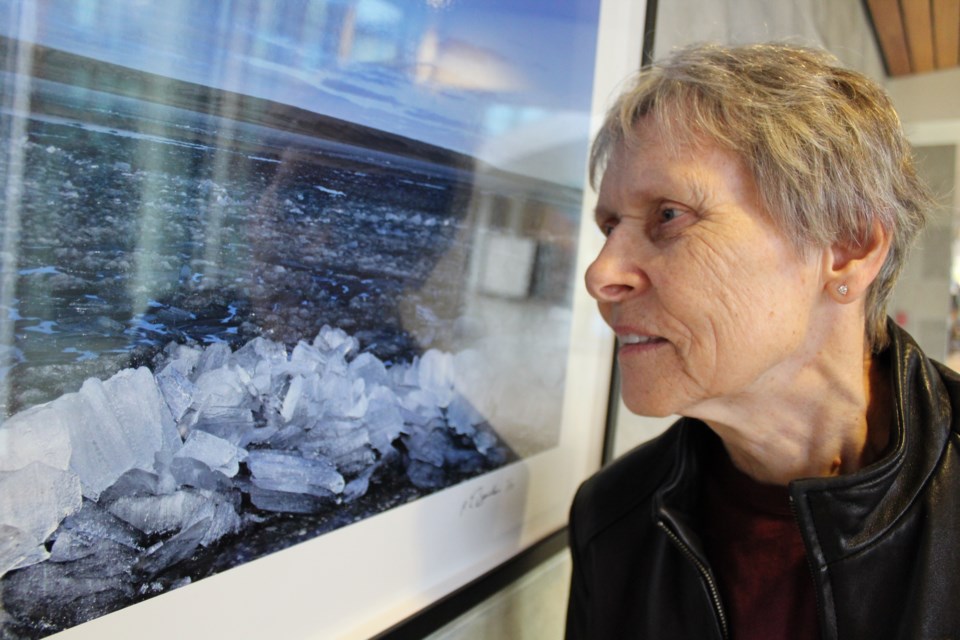Almost 30 years after her historic space flight, Dr. Roberta Bondar is reflecting on her Sault Ste. Marie upbringing and looking forward to a gala celebration to mark the anniversary.
On Jan. 22 1992, Bondar made history by becoming the first Canadian woman, second Canadian and first neurologist in space.
In a recent phone interview, Bondar told SooToday
“Sometimes it feels like 30 days but more often it feels like 10 years, rather than 30,” said Bondar.
Of course, Bondar’s journey to becoming an astronaut began about eight years earlier than her her historic space flight, which lasted just over eight days.
Bondar took an early interest in science, athletics and photography from an early age.
“Growing up in the Sault, there weren’t many young girls interested in science and athletics. It seemed like you had to pick one or the other,” said Bondar. “Now you see someone like Hayley Wickenheiser, who plays hockey and went into medicine, so nowadays it’s not so much of an issue but I can tell you growing up, it was.”
Bondar came by her love of photography honestly, as her uncle Art Bondar was a sales rep for Nikon cameras for Northern Ontario and was once part-owner of Slattery’s Drug Store on Gore Street.
“He was a pharmacist. That was years and years ago when I was growing up, so Nikon was my camera of choice, not Canon,” she said.
Art is in his 90s and still living in the Sault, said Bondar.
Her knowledge of cameras eventually came in handy for space flight because NASA had her train on 13 different camera types for the mission.
Bondar continues to encourage people, especially young people, to engage in the things that interest them because you never know how that will come in handy.
“If I hadn’t built plastic model rockets like I did I wouldn’t have engaged in the space community,” said Bondar. “Something would catch my interest, like photography and my parents giving me a camera because they knew how much I loved the cameras that would be around my uncle’s place. That was inspiring.”
“I want this to encourage people to engage in things because without engaging in the diversity of things, one can never achieve a goal they would place in front of themselves, in fact you can’t even have a goal if you don’t know there are goals to be had,” she added.
One of the ways she encourages young people is by donating items from her space flight to places like the Canadian Bushplane Heritage Centre or some of her photographs to the Art Gallery of Algoma’s permanent collection.
“I donate these things because I am proud of my parents, I am proud of my family and I am proud of the opportunity that they were able to help me have and achieve in the Sault,” said Bondar.
”‘We have one crack at this life. This is us. And we form ourselves with the inspirations that we get ,” said Bondar. “Without that experience in my formative years I wouldn’t be where I am today — and I’m still working on it.”
On Jan. 22, 2022, the Roberta Bondar Foundation is hosting a virtual celebration to mark the thirtieth anniversary of her space flight, with special guests like Anne Murray, Buffy Sainte-Marie, Susan Aglukark, Hayley Wickenheiser and David Saint-Jacques.
The foundation is focused on building environmental awareness through the lens of photography to bring creativity and curiosity about the environment to youth and adults alike.
Bonnie Patterson, board chair Roberta Bondar Foundation, said the event will include behind-the-scenes photographs from Bondar’s astronaut training and a question and answer session. A VIP reception will be held in advance of the event.
“The foundation really just wanted to salute the work she has been leading, her history that she has made, and to inspire people,” said Patterson.
“It is very much focused on building environmental awareness but doing it thought the lens of photography to bring creativity and curiosity about the environment, whether they are youth or adults,” said Patterson.
Last week, the foundation released the first two episodes of a new podcast series hosted by Bondar.
Bondar only had the opportunity to go up in space once, when she headed an international research team to study the effects of space flight on the human body and how that information could be applied to neurological diseased. Thirty years later she acknowledges there won’t be a second trip.
“I used to say they only let John Glenn go up once too, but then he went up at 80-something, then I thought maybe they will let me go up again, but I thought I really don’t want to go up again right now,” said Bondar.
